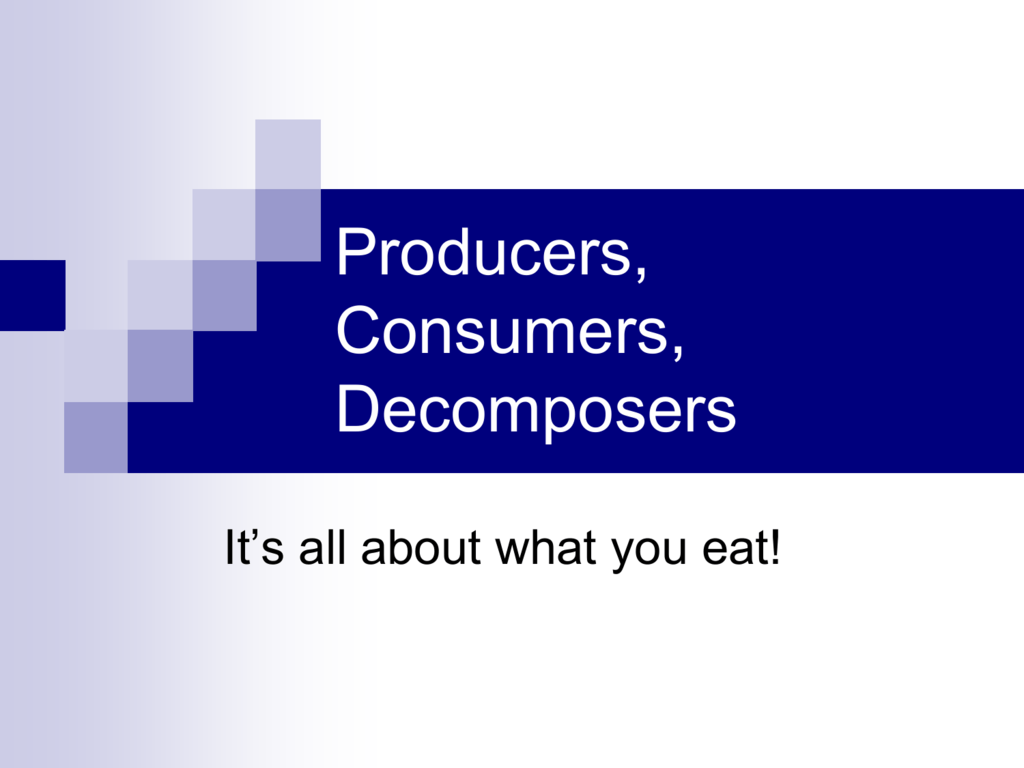
Producer surplus can be found on a supply and demand graph as the area confined by the equilibrium price and the supply curve, as illustrated in Figure 2 below.įigure 2.By definition consumer surplus refers to the difference between what consumers are willing to pay for a certain good or service and what they actually pay in the market place. The resulting gap is the benefit that producers receive by supplying that good or service. Producer surplus is the difference between the price that a producer is willing to supply a product or service for versus the actual market price of that good or service. Identifying the point of equilibrium in a given market does not only reflect the price and quantity at which the market will stabilize, but also helps determine the existing consumer and producer surplus in the market. The price that matches this compromise quantity is the price at which the market can stabilize. Market equilibrium is the point where demand and supply balance out, such that the quantity of a product or service demanded equals the quantity supplied. Thus, both consumer and producer surplus are maximized at the market equilibrium price. On the other hand, if the price falls, it will do so at the cost of the producer surplus and reduce the area that denotes producer surplus. If the price rises, it will diminish the consumer surplus, which reflects on the graph by decreasing the area representing consumer surplus. Why is consumer and producer surplus maximized at market equilibrium?

Producer surplus is the difference between how much a supplier would be willing to receive for a given quantity of good or service and how much they can actually receive for that quantity based on the market price. Consumer surplus is the difference that the consumer has to pay for a good or service and the price they would be willing to pay rather than forego that good or service. The market stabilizes at the price that corresponds to this quantity. Market equilibrium is the quantity-price point where supply and demand balance out in such a way that quantity demanded equals quantity supplied. How can we measure the benefit, if any, that both you as a seller and your friend as a buyer received as a result of this transaction? Read on to find out! Meaning of market equilibrium, consumer and producer surplus This is an example of market equilibrium, where buyers and sellers are both happy enough to allow the transaction between the two parties to take place. By settling to sell the textbook for $120, the buyer and yourself as the seller find the optimal point of compromise where you're both satisfied enough with the conditions of the transaction to make the sale happen. Since you would like to receive as much value as possible from your sale, you settle for the highest price offer and sell the textbook for $120. However, several fellow students make offers on your textbook, all of the offers lying in the $100-$120 price range. Initially, you put the textbook on sale for $130. Suppose you are trying to sell a textbook that you have purchased for a course that you have already completed.

Market Equilibrium Consumer and Producer Surplus.Determinants of Price Elasticity of Demand.Cross Price Elasticity of Demand Formula.Effects of Taxes and Subsidies on Market Structures.

Monopolistic Competition in the Short Run.Monopolistic Competition in the Long Run.

Behavioural Economics and Public Policy.Market Equilibrium Consumer and Producer Surplus


 0 kommentar(er)
0 kommentar(er)
